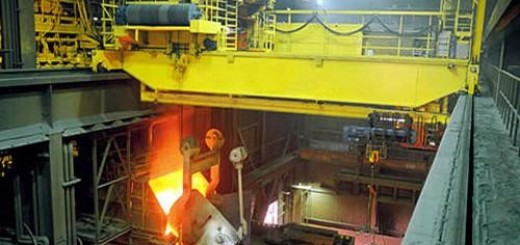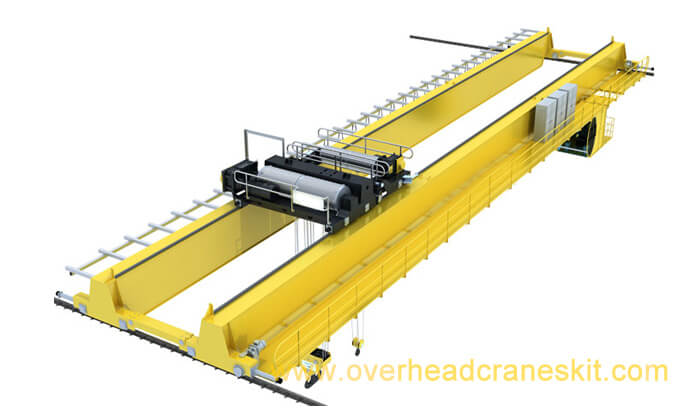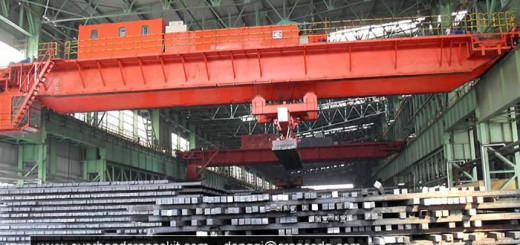What are the differences between KBK track flexible suspension crane and rigid track suspension crane
Origin:
KBK flexible track bridge crane originated in Europe.
The rigid track bridge crane originated in the United States.
Forming shape:
KBK flexible track bridge crane adopts two tie-piece welding, which needs to generate manufacturer’s automatic control deformation and welding quality.
The rigid rail bridge crane adopts rigid welding, which has high strength and more accurate positioning.
Connection Security Comparison:
KBK needs frequent maintenance and inspection.
KBK rail suspension crane and I-beam load-bearing beam, rail and main beam are all connected by bolts, ball points, bayonet pins, splints and other flexible connections. The structure is flexible and shakes a lot, so the bolts may be loosened and safety hazards, so regular inspections and maintenance are required.
The rigid track bridge crane is rigidly fixed with thick steel plates and high-strength long screws without shaking, relatively safer and more reliable, and requires relatively high installation accuracy.
Comparison of Load-bearing Conditions:
KBK is limited by its track strength and accessories (trolleys and main girder hangers). When the tonnage exceeds 1 ton or the span exceeds 8m within 1 ton, the double girder design must be adopted, and the rigid track truss design ensures that single girder can be used within 2t.
The application of rigid track bridge crane truss design ensures that its headroom is smaller and the amount of steel used is reduced. More light and concise.




